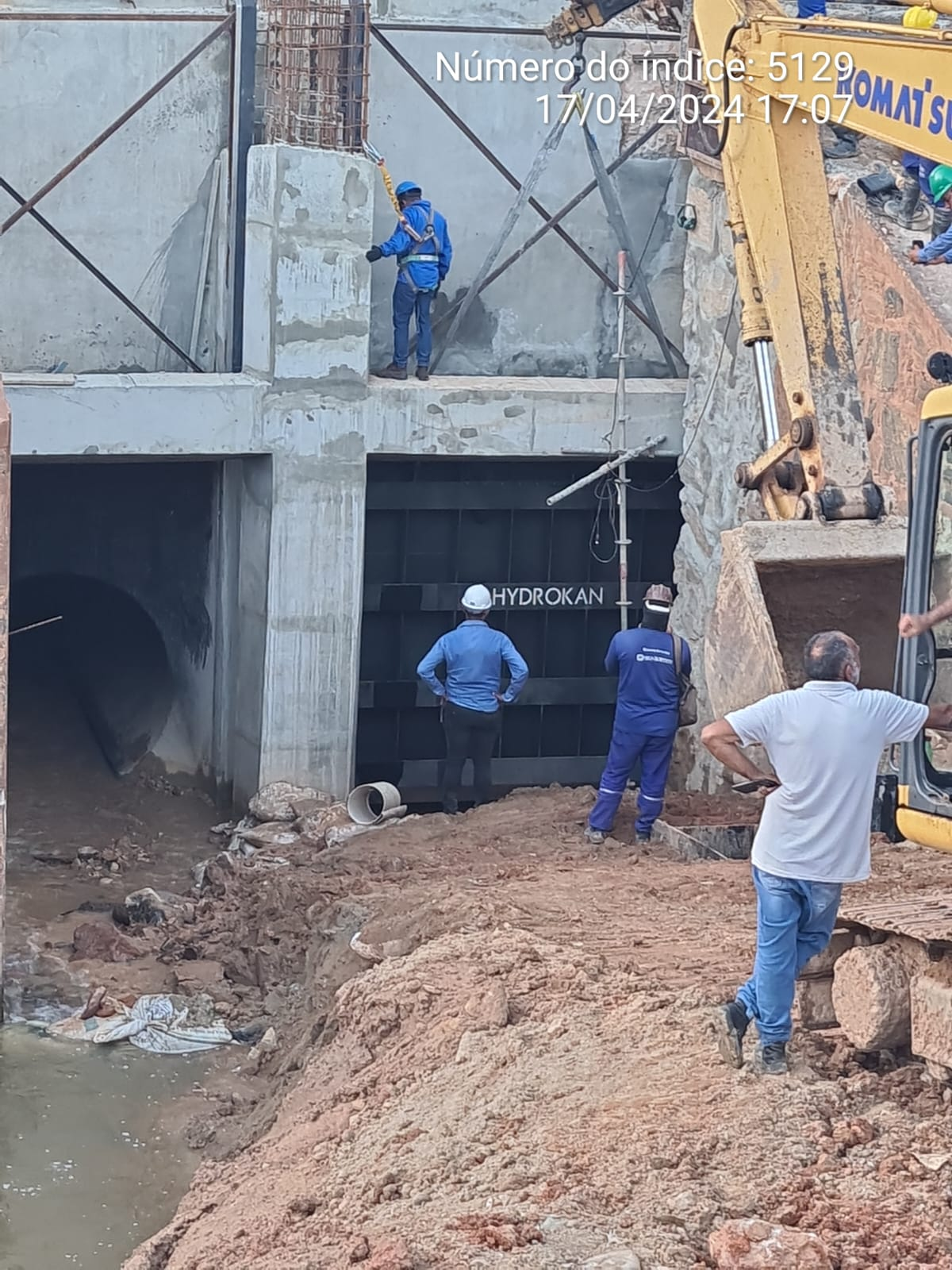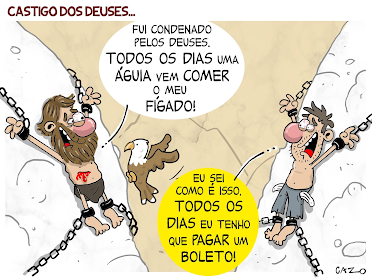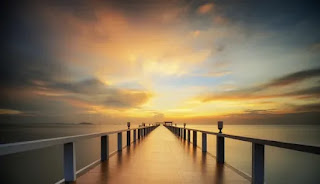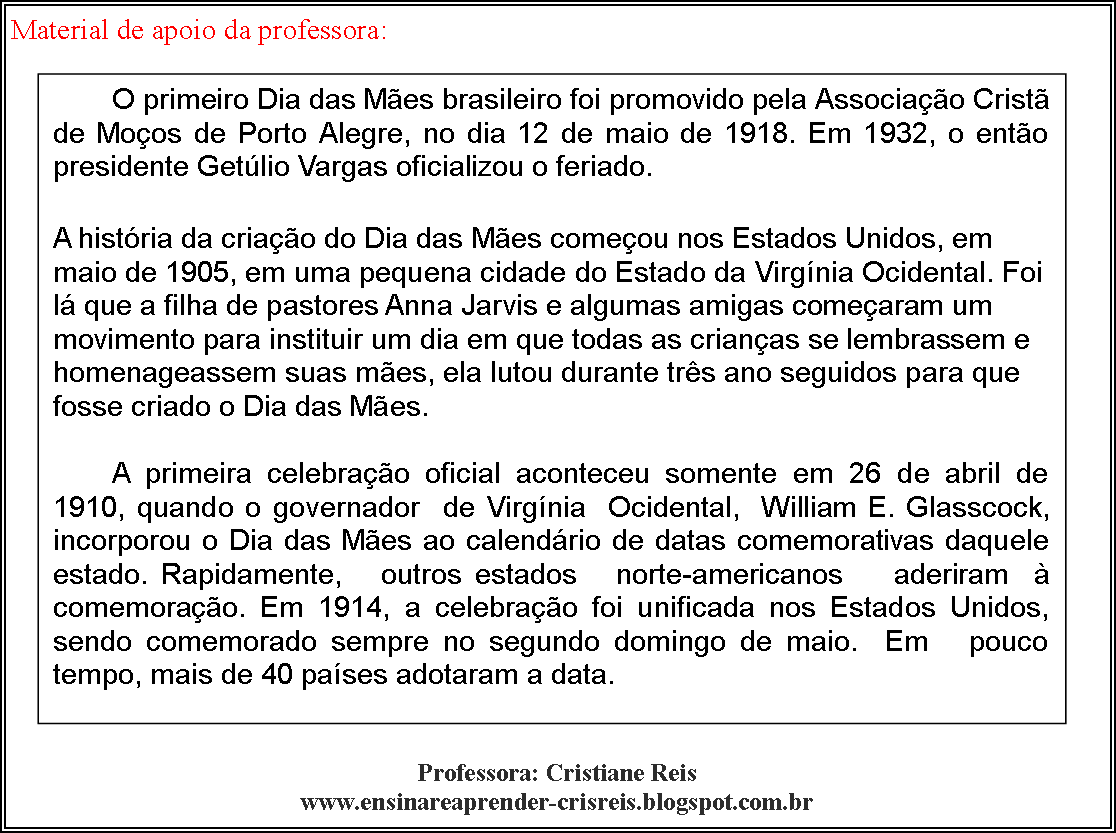by Jorge Nascimento Rodrigues
English Edition by LisWires/JPO
Periods of profound national and international crisis are always moments of crossroads in how a country projects its image in the world and how its people build the symbolic that inspires political and economic activity.
These moments are cyclical and the standard menu options of behaviour repeats itself: between militant pessimism and the idea of the end of the nation cultivated by elites, and the voluntaristic “good student” followism of prevailing winds in the geopolitical space in which the country was entering through history, until rupture, perhaps the most difficult and risky option is to find or rediscover the identity in a globalized world, to state what is unique and makes a difference in the global context.
The investigation of Portuguese geopolitical and economic history, from the meetings of the core strategic decision of the Master of Aviz (Dom João I) in Torres Vedras in 1412, reveals that Portugal has something distinctive which was built in an evolutionary process over several generations until 1520. This unique trace is the fact that Portugal was the pioneer of globalization.
More than the resilience of being one of Europe’s ancients states, whose borders have remained virtually unchanged since 1297, what sets us apart is the pioneerism in this geopolitical and geoeconomic phenomenon that has been baptised, in the 1960s, when it entered in the English dictionary Webster, as globalization.
Although the word is relatively recent, the phenomenon is ancient and its explanation is less sophisticated than it appears. Globalization, Professor Joseph Nye pointed out, “means networks of interdependence at intercontinental distances”. The Portuguese were the first to create them in a systematic and sustained way between the Atlantic, Indian and Pacific, in less than a century, setting a network of the major economic and geopolitical spaces of the 15th century. The phenomenon, however, had a long gestation and several precursors since the eighth century BC, as professor George Modelsky recalls.
Known as the period of the “Discoveries” by caravels and sailors that left from Lagos and the Tagus, it contains more than the idyllic and messianic vision of a “Portuguese mission” with predestined missionary zeal, adventurism, physical courage and heroism with a great deal of madness that began to be fed since 1450 by the official chroniclers and had its ideological heyday during the period of the Imperial Grand Strategy of Dom Manuel, with Duarte Galvao, and then at the beginning of power decline in the reign of Dom João III, with João de Barros and Damião de Góis. During the political and guerrilla fight against the dual Spanish-Portuguese monarchy and during the restoration of the Portuguese crown in the seventeenth century and in the twentieth century with the Salazar dictatorship, the messianic ideology was transformed into state doctrine.
But the solution is not throw the baby with the bath water. What is required is to rediscover the past and reconstruct a symbolic discourse-based on the pioneerism of globalization, that, in particular, be useful for the generations that make entrepreneurial initiative and globalist view, their mission.
The Pattern of the Discoveries
In research conducted with Professor Tessaleno Devezas for the project “Portugal, pioneer of Globalization” (whose first edition came out in May 2007, before the outbreak of the financial crisis), we found 10 “ingredients” in the performance of politicians, sailors, scientists, businessmen and the military at that time, we called the “Pattern of the Discoveries”. This “Pattern”, a “primer” of its own, is the DNA of what Portugal can be today, in a globalized world.
Two of the most impressive ingredients that we found, in the process of a century and a half, were the “strategic intent” and “contextual intelligence”, using current concepts.
It is not enough to have a vision. Since the famous meetings of Torres Vedras in 1412 and then in the castle of Sintra, of Master of Aviz and its core, the breakthrough, at the time was the country’s need to launch itself in a global projection.
This breakthrough is what we would call today “thinking out of the box”. In simple terms, it was looking outside the field of geopolitical competition in Europe, which was dominated by internecine wars, and the Mediterranean, then hegemonized by a kind of G3, three great powers of expansion, Venice and the Mamluks empire of Egypt in alliance with the Ottoman Turks.
The strategic smasher on the strait that connects the Mediterranean to the Atlantic, a surprise for the powers of the great “Lake”, marked in Ceuta, in 1415, the Portuguese process of global projection. It was the founding legacy of the monarch with the greater longevity of Portuguese history, the Master of Aviz.
It was at first a strategy of “proximity” in geopolitical terms, supplemented by corsair activity in the Atlantic. But in thirty years changed for a new strategy, finding a distant mythical ally (the “Preste João das Indias”) and a geopolitical and geoeconomic space, referred as “Indias” whose contours started to become clear after the sailings from Lagos, directed by Henry the Navigator and by the global wisdom of his brother Infant and Crown Regent Dom Pedro, to the leaps achieved by the “Perfect Prince” (Dom João II) and by his successor and cousin Dom Manuel.
But it is necessary to frame the vision with clarity, focus and inspiration, as referred by Gary Hamel and the late CK Prahalad when in 1985 they recovered to management the concept of “strategic intent”. The strategic intent is what is perennial. As the process from the meetings of Torres Vedras to the conquest of Malacca and the Spice Islands reveals, strategies change, like plasticine, in accordance with reality.
One grand vision and one strategic intent can always house various geopolitical strategies and various business models and leading groups, we would say today. The conquest of Ceuta, the quest for gold and the illusion of the affluents of the Nile along the African coast to the Gulf of Guinea, the troubled demand of the sea route to India and then the global projection of the Manueline imperial grand strategy from the Mediterranean to the Pacific, were different moments within the same shell. The Prince Henry business model of corsair activity in the Atlantic and slavery was different from the Gold Mine cycle and distinct from the cycle of spices, as J. Lúcio de Azevedo masterfully analysed and documented in the 1920s.
This strategic versatility requires another key ingredient – what we call today contextual intelligence. Nitin Nohria and Anthony Mayo worked this concept in the area of management, in 2005. Professor Nye, that we have already mentioned, extended this concept to the exercise of power and in particular to geopolitics. This intelligence is the ability to use “the flow of events in order to implement a strategic intent.” This requires a great openness to reality, contingency and surprises. Which requires the political and management plasticity, and allows to “surf” – as Nye says – the “windows of opportunity.”
In the presence of chance and contingency that rules reality, “work, work, work” as people say, is not enough. It is vital to spot trends, learn, learn, learn from reality feedback, and change strategies quickly – something that requires 1% inspiration, a rip, without which the 99% perspiration only serve to tarnish the shirt. It is the way to take advantage of luck and circumvent hazards with own merit, as Nye says.
Another ingredient that went hand in hand with the contextual intelligence is what in management, is called “organizational improvisation”. The famous Portuguese “desenrascanço”. It is undoubtedly an amazing heritage seen in the logistics of the time. Facing uncharted waters, zigzags of many naval battles crucial to the consolidation of the hegemonic rule, in their own search for political solutions in a world very different from Europe, and in itself to spur scientific and technological innovation, which supported the expansion.
The most important geopolitical innovation
These ingredients form an ecosystem that feeds itself. One of the “products” of this process, this ecosystem and a century of discoveries, was the most important innovation in the geopolitics of globalization: the creation of what historians Luiz Filipe Thomaz and the late Jean Aubin, called “Network Empire”. Later copied by the following great power hegemonists.
This concept of “network” implied a set of links that allowed the sustainability of the process:
– the notion of the need of strategic positioning in the critical points of the great geoeconomic routes;
– the consolidation of hubs, not just economic, but also political and military;
– a maritime capability with high mobility and technical-military innovation, which allowed advantage;
– and the very institutional notion of a political power distributed and predominantly maritime that allowed an aligned strategy even when differences arose and were discussed with a delay of one or two years – between Lisbon, Goa and Malacca.
This notion of global projection global in network, today carries two attributes: globalist vision and orientation and the notion of variable geometry. The Portuguese have always come forward when they looked beyond the navel or their comfort zone and proximity, and when they didn’t let themselves being narrowed down in one particular destination.
An amazing legacy
This process of the “Discoveries” is a striking heritage, more than 500 years later: the Portuguese were the first Europeans to systematically link the four of the emerging powers of the XXI century, Brazil, South Africa, China and India.
Finally, there is a historical lesson that repeated itself over the centuries. The Portuguese condition in the political geography of the world, is a European and Atlantic shatterbelt on the western outskirts of Europe and in the Atlantic front of the Iberian Peninsula, an area always subject to the clash of continental and sea powers.
This condition can always be approached from two angles: the fatalistic view of an area doomed to be a protectorate or dependency of incumbent powers or on the offensive, the sight of the Quinhentista projection platform. Naturally, without the imperial mindset and the state violence of the Johannine and Manueline times.
![The Drum Drum Show escrita por HeyBae00 [Livre]](http://static.fanfiction.com.br/userfiles/D/3/D/5/capa_850994_1713813037.jpg)
















